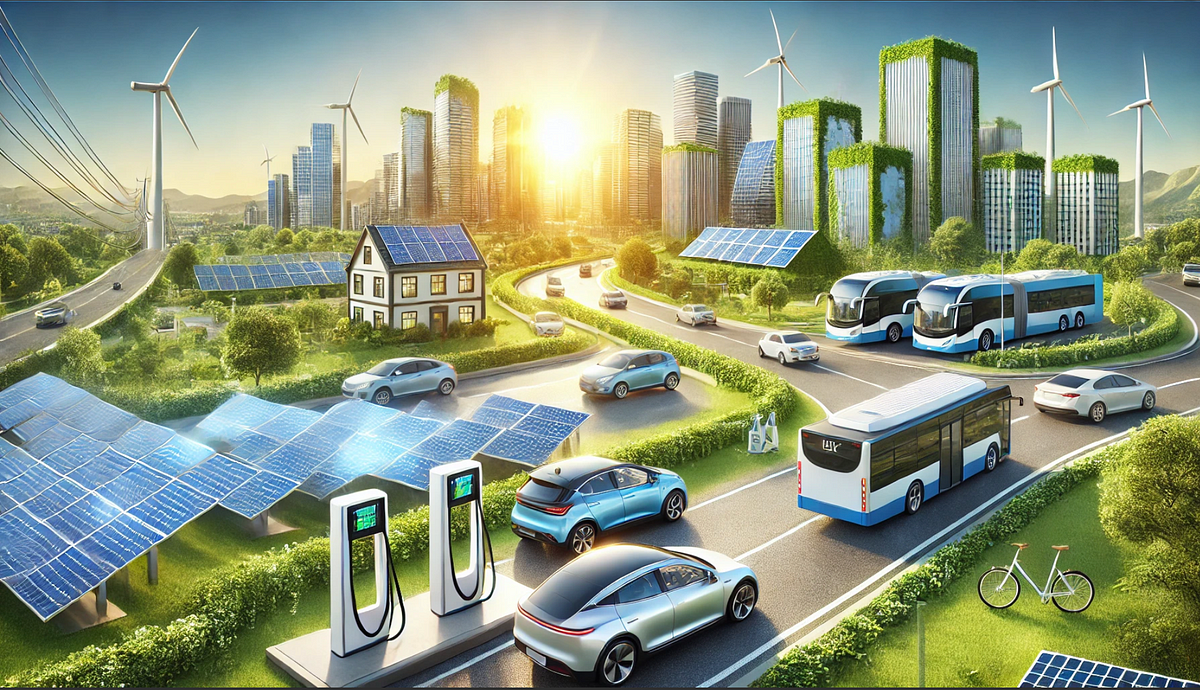The Rise of Electric Vehicles
The popularity of electric vehicles (EVs) has surged significantly in recent years, largely due to a combination of technological advancements, environmental awareness, and favorable government policies. One of the primary factors propelling the adoption of electric cars is the remarkable progress in battery technology. Innovations in lithium-ion batteries have resulted in improved energy density, shorter charging times, and longer range capabilities, addressing one of the major concerns potential buyers had regarding EV performance.
Furthermore, government incentives have played a crucial role in promoting electric car usage. Through tax credits, rebates, and subsidies, many nations are encouraging consumers to transition from traditional internal combustion engine vehicles to cleaner alternatives. These initiatives are aimed not only at reducing greenhouse gas emissions but also at enhancing energy efficiency and decreasing dependence on fossil fuels.
In addition to technological and policy-driven factors, growing public awareness regarding air quality and climate change has elicited a positive response toward electric vehicles. Many consumers are now more committed to making environmentally responsible choices, and the benefits of EVs are becoming increasingly apparent. Electric vehicles produce zero tailpipe emissions, thereby contributing significantly to improved air quality in urban settings. This shift is particularly important as cities grapple with pollution and health issues linked to combustion engine vehicles.
Currently, the marketplace offers a diverse range of electric vehicle types, from compact cars to luxury sedans and even electric trucks. Each segment aims to cater to the varying needs of consumers, affordably aligning with individual lifestyles while emphasizing sustainability. Car manufacturers are also adapting their strategies in light of the growing demand for EVs, investing in research and development to enhance their offerings. Consequently, the shift towards electric vehicles is not only reshaping personal transportation but also influencing the broader landscape of public transport systems, ensuring a greener and more sustainable future for mobility.
Understanding Renewable Energy Sources
Renewable energy sources are integral to achieving a sustainable energy future, particularly when considering their role in powering electric vehicles. The main types of renewable energy include solar, wind, hydroelectric, and geothermal energy, each contributing uniquely to a cleaner power supply. Solar energy harnesses sunlight through photovoltaic cells, converting it into electricity, while wind energy utilizes turbines to capture the kinetic energy from wind currents. Both methods are increasingly prevalent due to their scalability and the declining costs associated with technology advancements.
Hydroelectric power, generated by the flow of water, remains one of the most established renewable sources. This method leverages the potential energy of flowing water to produce electricity, thereby offering a consistent energy supply. Furthermore, geothermal energy taps into the earth’s internal heat, providing a stable source of power that can be harnessed for electricity generation and heating. These renewable sources significantly contrast with traditional fossil fuels, which not only contribute to greenhouse gas emissions but are also subject to fluctuating prices and availability.
One of the primary benefits of adopting renewable energy is its potential to drastically reduce greenhouse gas emissions, a critical step towards combating climate change. By shifting towards cleaner energy options, we mitigate the adverse effects associated with fossil fuel combustion. The innovations in renewable energy technologies have enhanced energy efficiency and reduced operational costs, making it feasible for industries, homes, and electric vehicles to rely on sustainable sources of power.
As the demand for electric vehicles continues to rise, the need for a stable and clean energy supply becomes increasingly important. The integration of renewable sources into the energy grid not only supports the operational needs of these vehicles but also promotes a broader shift towards a sustainable energy ecosystem. Understanding and investing in renewable energy sources is essential for a future where electric mobility flourishes alongside environmental responsibility.
The Synergy between Electric Cars and Renewable Energy
The integration of electric vehicles (EVs) and renewable energy sources offers a notable opportunity to create a more sustainable future. This synergy is particularly evident in the way electric cars can serve as both consumers and storage units of renewable energy, effectively optimizing energy usage and supporting grid stability. Through the process known as vehicle-to-grid (V2G) technology, electric cars can discharge stored energy back into the grid during peak demand periods, thus acting as a buffer for fluctuations in energy supply and demand.
Renewable sources such as wind and solar power are often intermittent, producing energy only when conditions are favorable. EVs equipped with V2G technology can alleviate this challenge by absorbing excess energy generated during these peak production times. When the demand for energy exceeds supply, these vehicles can feed energy back into the grid, ensuring a smooth supply while also maximizing the utility of the renewable energy generated. The implementation of this technology can dramatically enhance the efficiency of the renewable energy landscape.
Moreover, charging infrastructure that is powered directly by renewable energy sources plays a crucial role in reducing the carbon footprint associated with electric vehicles. Cities such as San Diego and Amsterdam have made significant strides in this area, investing in charging stations that exclusively source their power from solar or wind energy. This approach not only minimizes the carbon emissions linked to charging EVs but also promotes the adoption of clean technologies among residents. Case studies reveal that such initiatives have led to increased use of electric cars, thereby contributing to a lower carbon footprint across urban environments.
In light of these benefits, the alignment of electric vehicles with renewable energy sources presents a compelling case for cities and communities looking to transition towards more sustainable and efficient energy systems. As this synergy evolves, it promises to reshape the future of transportation and energy consumption.
Challenges and Future Prospects
The transition to electric vehicles (EVs) and renewable energy systems presents a set of complex challenges that must be addressed to realize a sustainable future. Infrastructural barriers stand as a significant friction point; the current network of charging stations for electric vehicles is limited, raising concerns about accessibility and convenience for potential users. To encourage widespread adoption, a comprehensive expansion of charging infrastructures, particularly in urban areas and along transit routes, is essential.
Moreover, technological advancements are crucial for overcoming battery efficiency and production challenges. Presently, many electric vehicle batteries rely on rare materials, raising sustainability concerns and supply chain vulnerabilities. Investments in research to develop alternative battery technologies, such as solid-state batteries, could mitigate these issues and enhance the performance and lifespan of electric cars. Additionally, integrating renewable energy sources into the electric grid poses its own set of challenges. The variability of energy production from sources like solar and wind necessitates innovative solutions for energy storage and management.
Economically, the upfront costs of electric vehicles remain a barrier for many consumers, despite declining prices. Thus, financial incentives from both government and private sector stakeholders are vital to make electric vehicles more affordable. Continued investment in renewable energy infrastructure can also yield job opportunities and stimulate economic growth in various sectors, thereby creating a conducive environment for sustainable practices.
Future prospects hinge on policy frameworks that facilitate collaboration between governments, businesses, and communities. By establishing clear targets and incentives for both the automotive and energy industries, stakeholders can drive the transition towards electric mobility and renewable energy. Public awareness campaigns to educate citizens about the benefits of electric vehicles and renewable energy initiatives will further encourage individual commitment toward leading a sustainable lifestyle, paving the way for a cleaner, greener future.


No responses yet